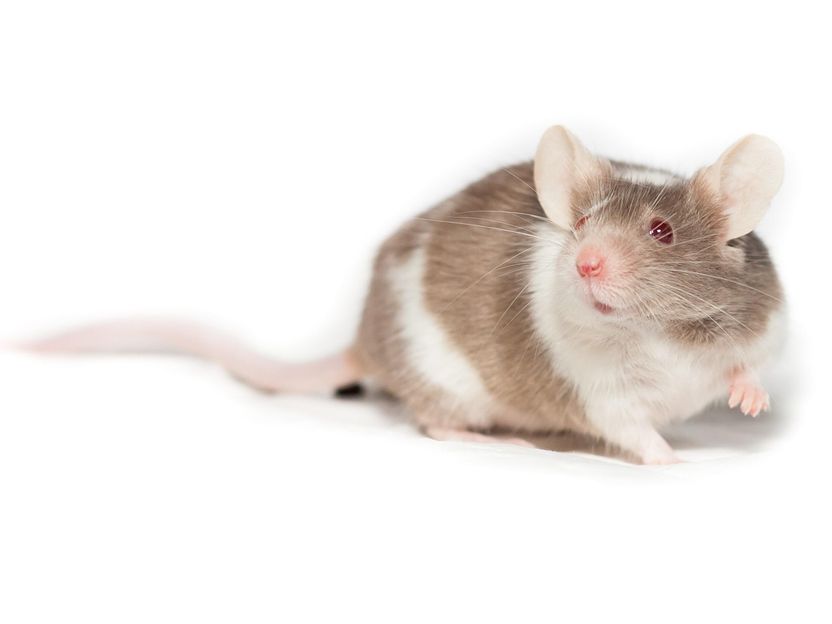Mass spectrometry-based draft of the mouse proteome
A milestone for biomedical research
proteins control and organize almost every aspect of life. The totality of all proteins in a living organism, a tissue or a cell is called the proteome. Using mass spectrometry, researchers at the Technical University of Munich (TUM) characterize the proteome, or protein complement of the genome, in important model organisms. In 2014, a team at the Chair of proteomics and Bioanalytics reported a draft human proteome for the first time, followed by that of the model plant Arabidopsis thaliana in 2020, and now that of the most common laboratory mouse.

Symbolic image
Unsplash
The laboratory mouse ranks among the most important experimental systems for biomedical research and molecular reference maps of such models are essential informational tools. “We present a quantitative draft of the mouse proteome and phosphoproteome constructed from 41 healthy tissues. These molecules are cellular regulators of normal as well as pathological processes," says Bernhard Küster, Professor of Proteomics and Bioanalytics.
The proteomes of humans, animals and plants have many similarities
The researchers now show in a Nature Methods publication what insights can be gleaned from the data. For instance, tissue- and cell-type resolved profiles provide protein evidence for the expression of 17,000 genes and thousands of isoforms, proteins that arise from the same gene but differ in structure.
Furthermore, 50,000 phosphorylation sites could be found. These are specific and particularly important parts of proteins that regulate processes in the cell. In other words, the research work provides information about how many of the approximately 20,000 mouse genes exist as proteins, where they are expressed, in what quantities they occur and how active they are.
Proteogenomic comparison of mouse, human and Arabidopsis reveal common and distinct mechanisms of gene expression regulation and, despite many similarities, numerous differentially abundant orthologs that likely serve species-specific functions. "We leverage the mouse proteome by integrating more than 400 phenotypic drug and radiation response data sets with the proteomes of 66 pancreatic ductal adenocarcinoma (PDAC) cell lines to reveal molecular markers for drug sensitivity and resistance," says Piero Giansanti, Ph.D., first author of the study.
Protein catalog freely available
The unique atlas complements other molecular resources for the mouse. This information is freely available in the online databases ProteomicsDB and PACiFIC.
Original publication
Other news from the department science
Most read news
More news from our other portals
See the theme worlds for related content
Topic World Mass Spectrometry
Mass spectrometry enables us to detect and identify molecules and reveal their structure. Whether in chemistry, biochemistry or forensics - mass spectrometry opens up unexpected insights into the composition of our world. Immerse yourself in the fascinating world of mass spectrometry!

Topic World Mass Spectrometry
Mass spectrometry enables us to detect and identify molecules and reveal their structure. Whether in chemistry, biochemistry or forensics - mass spectrometry opens up unexpected insights into the composition of our world. Immerse yourself in the fascinating world of mass spectrometry!




















































